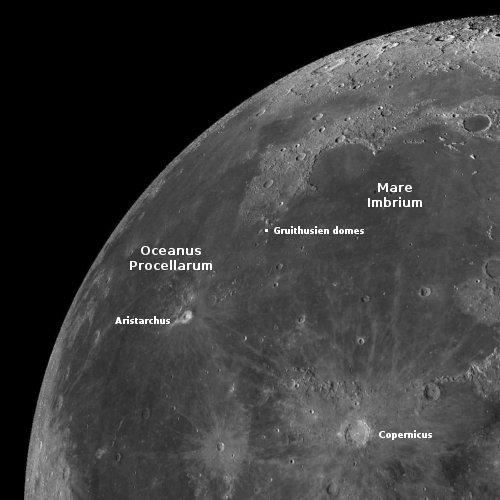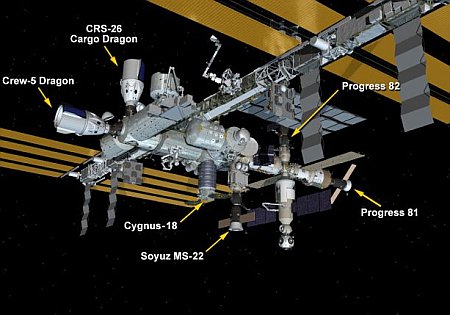Update on CAPSTONE in lunar orbit
Link here. The key takeaway is that this commercial privately built and operated lunar smallsat is doing what it was designed to do, even as its operators continue to overcome periodic technical problems.
For example, beginning January 26th the spacecraft stopped receiving commands from ground controllers. The problem solved itself when on February 6th “an automatic command-loss timer rebooted” the spacecraft. Meanwhile,
CAPSTONE has completed more than 12 orbits in its near-rectilinear halo orbit – the same orbit [that will be used by Lunar] Gateway – surpassing one of the mission’s objectives to achieve at least six orbits. The mission team has performed two orbit maintenance maneuvers in this time. These maneuvers were originally scheduled to happen once per orbit, but the mission team was able to reduce the frequency while maintaining the correct orbit. This reduces risk and complexity for the mission and informs plans for future spacecraft flying in this orbit, like Gateway.
Essentially, mission controllers are figuring out the best and most efficient methods for eventually maintaining Lunar Gateway’s orbit around the Moon, when it gets there.
Link here. The key takeaway is that this commercial privately built and operated lunar smallsat is doing what it was designed to do, even as its operators continue to overcome periodic technical problems.
For example, beginning January 26th the spacecraft stopped receiving commands from ground controllers. The problem solved itself when on February 6th “an automatic command-loss timer rebooted” the spacecraft. Meanwhile,
CAPSTONE has completed more than 12 orbits in its near-rectilinear halo orbit – the same orbit [that will be used by Lunar] Gateway – surpassing one of the mission’s objectives to achieve at least six orbits. The mission team has performed two orbit maintenance maneuvers in this time. These maneuvers were originally scheduled to happen once per orbit, but the mission team was able to reduce the frequency while maintaining the correct orbit. This reduces risk and complexity for the mission and informs plans for future spacecraft flying in this orbit, like Gateway.
Essentially, mission controllers are figuring out the best and most efficient methods for eventually maintaining Lunar Gateway’s orbit around the Moon, when it gets there.




